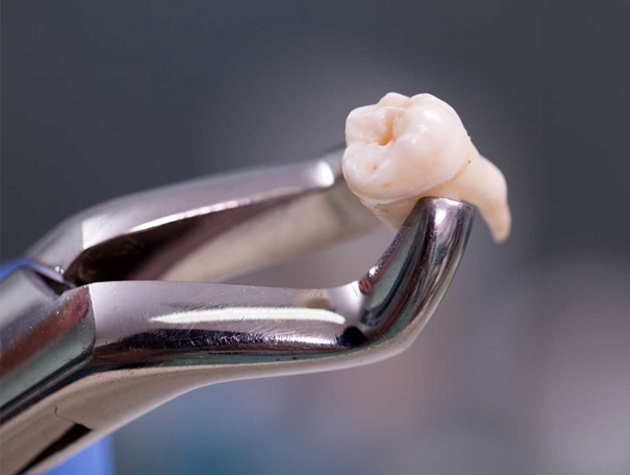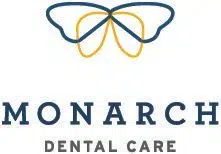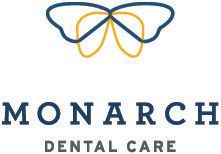
Your Guide to Surgical Tooth Removal with Dr. Clark
If a dentist has recommended surgical tooth extraction, you may be wondering about the procedure, how it works, and the aftercare procedure. Although many people are nervous about going into an extraction, Dr. Alex Clark is skilled at pain management and performing the surgery effectively and efficiently.
To schedule an appointment with our dentist in Prairie Village, contact our dental office today at (913) 362-4488.
Understanding Surgical Tooth Extraction
Why Dentists Recommend Surgical Tooth Extraction
There are several reasons why you might need a surgical tooth extraction. The most common is an impacted tooth, meaning it’s stuck beneath the gum line and can’t emerge independently. Impacted teeth can be painful and lead to infections and other dental problems.
Additionally, a tooth may need surgical extraction if it’s severely damaged or decayed and can’t be saved through other treatments or removed with simple tooth extraction. Finally, surgical tooth extraction may be necessary if you’re undergoing orthodontic treatment and need a tooth removed to make room for other teeth.
The Surgical Tooth Extraction Process
The surgical tooth extraction process typically involves the following steps:
- Anesthesia: Before the procedure begins, Dr. Clark will administer anesthesia to ensure your comfort. This may include local anesthesia, which numbs the area around the tooth, or general anesthesia, which puts you to sleep during the procedure.
- Incision: Dr. Clark will make an incision in the gum tissue to expose the impacted tooth.
- Bone Removal: Dr. Clark may remove some of the bone surrounding the tooth to facilitate its removal.
- Tooth Removal: The impacted tooth will be carefully removed from the socket.
- Sutures: After the tooth is removed, Dr. Clark will stitch up the incision to promote healing.
Recovery from Surgical Tooth Extraction
Aftercare is critical to the healing process following a surgical tooth extraction. Here are some steps you can take to ensure a speedy and successful recovery:
- Bite down on gauze: After the procedure, your dentist will place gauze over the extraction site to help stop bleeding. Bite firmly on the gauze for at least 30 to 45 minutes, replacing it with a fresh piece if necessary.
- Apply ice: Applying an ice pack to your cheek can help reduce swelling and discomfort. Apply it for 10 minutes at a time with a 20-minute break in between for the first 24 to 48 hours.
- Avoid strenuous activity: Avoid exercise, heavy lifting, and other rigorous activities for the first few days after the surgery. Any activity of this nature may disturb the blood clot, which is necessary for healing.
- Take medication: Take any prescribed pain medication and antibiotics as directed. Over-the-counter pain medication like acetaminophen or ibuprofen can also help manage pain.
- Avoid smoking and drinking alcohol: Smoking can delay healing and increase the risk of infection. Drinking alcohol can also delay healing and may interact with your medication.
- Rinse with saltwater: Beginning 24 hours after the extraction, gently rinse your mouth with warm salt water several times a day to help reduce swelling and prevent infection.
- Stick to soft foods: Avoid hard or chewy foods that may irritate the extraction site. Eat soft foods like soup, yogurt, mashed potatoes, and smoothies.
- Follow up with your dentist: Attend any follow-up appointments and follow instructions for recovery.
Frequently Asked Questions
Safe Surgical Tooth Removal Procedure with Dr. Clark
Surgical tooth extractions are a common dental procedure performed when a tooth cannot be easily removed using traditional methods. This procedure involves making an incision in the gum tissue and removing the tooth from its socket.
While it may sound intimidating, surgical tooth extractions are safe and effective when performed by a skilled dental professional. Contact us today at (913) 362-4488 to learn more about this procedure at our Prairie Village dental office and schedule a consultation.

